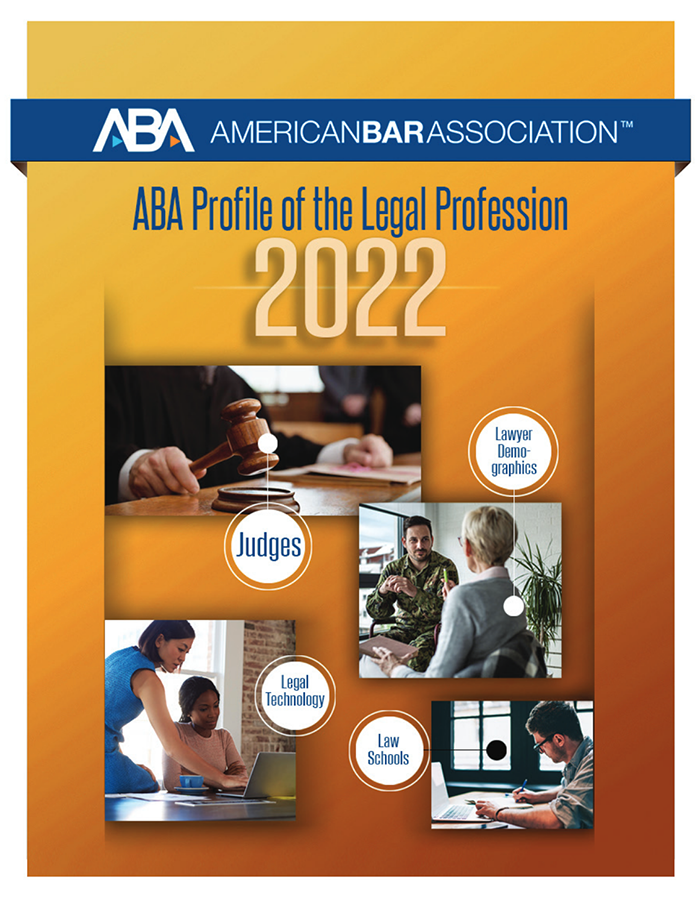AI-powered software: How it can bridge the gap
Many predictions have been made regarding the impact of artificial intelligent on the legal profession. The predictions have been varied, from the end of the billable-hour to robots replacing attorneys. Among the most optimistic is the suggestion that rapid advancements in AI could significantly improve access to justice by providing underserved communities with easily accessible and much-needed legal information.
As much as I would like this to be true, the cynic in me remains skeptical that altruism will ever truly trump capitalism. However, the growing momentum behind the recent wave of tools designed to close the access-to-justice gap might just prove me wrong.
How can AI improve access to justice?
There are several ways that AI software can potentially expand access to justice. First, AI tools that increase the efficiency of law firms’ workflows can allow lawyers to take on more clients and provide effective and affordable representation for their clientele. AI software can be tailored to the needs of legal professionals who represent underserved groups, such as those who work for legal aid organizations, or attorneys who are assigned cases in criminal or family courts. By streamlining their workflows and reducing redundant processes, AI technology can enable them to represent more clients.
Finally, AI-powered chatbots that provide legal information directly to the consumer are another way to reduce access-to-justice barriers. Navigating our complex court systems can be challenging even for experienced litigators, so user-friendly interfaces on court websites that simplify judicial processes and procedures can make all the difference.
Issues to consider when choosing AI software
I’ll discuss below the second and third categories and provide notable examples of initiatives and tools that rely on AI to expand access to justice–whether by enabling lawyers to better represent underserved populations or making legal information more accessible and understandable for unrepresented litigants.
Before we dive in, important factors to keep in mind when choosing AI tools for your legal organization include understanding that you’ll be entrusting confidential information to a third party because AI software is typically cloud-based. This means that you have an ethical obligation to thoroughly vet the technology provider by obtaining information on how the data will be handled by that company; where the servers on which the data will be stored are located; who will have access to it; and how often and when it will be backed up, among other things.
Because the software includes AI features, you’ll also want to explore issues that include accuracy rates, how the company protects your data, and whether your team’s data inputs are used to train AI models to improve responses.
Tools for public interest organizations
One way to ensure access to justice is to equip legal professionals who devote their careers to underserved populations with tools that will make their work easier and more effective. AI software companies have tackled this goal in two different ways. Some examples include:
LawDroid Copilot:
A generative AI assistant with pricing starting at $19 per user per month; it can conduct legal research, draft and summarize documents and correspondence, and analyze motions.
JusticeText:
- A software platform designed to help public defenders or criminal defense attorneys analyze video evidence.Descrybe.ai.
- A free generative AI search engine available in English or Spanish that includes a database Notable examples include:LawDroid Copilot:
- A generative AI assistant with pricing starting at $19 per user per month; it can conduct legal research, draft and summarize documents and correspondence, and analyze motions.JusticeText:
A software platform designed to help public defenders and criminal defense attorneys analyze and transcribe video and audio evidence.
Descrybe.ai:
A free generative AI search engine available in English and Spanish with a database of caselaw from more than 3 million state and federal judicial opinions.
Simultaneously, initiatives such as Thomson Reuters’ AI for Justice Legal Aid program and Everlaw for Good are helping bridge the access-to-justice gap by providing legal aid organizations and nonprofits with cost-effective access to advanced AI tools.
Programs such as these offer subsidized or free access to software that can significantly enhance efficiency. By equipping legal professionals with tools to streamline tasks such as research, drafting and evidence review, these initiatives enable nonprofits and pro bono programs to expand their representation of underserved populations while reducing costs and maximizing impact.
- AI-powered tools for legal consumersAnother way to tackle access-to-justice challenges is to provide legal consumers with tools that provide legal information and possibly even assist them in solving their legal issues without needing to retain an attorney. AI-powered tools can help people represent their interests in court when they are given the right tools. These platforms provide people with clear and accessible information that allows them to take actionable steps towards resolving issues. These innovations reduce barriers to understanding the legal system and navigating it, allowing those who would otherwise struggle to access or afford traditional legal services to access justice. Examples include:
- Beagle+: A contract analysis tool that uses AI to simplify the review and interpretation of complex legal agreements.
- Hello Divorce: A platform designed to streamline the divorce process, offering self-help tools, legal education and optional access to attorneys.
JustFix:
A tenant-focused app that helps renters document housing issues and take action against landlords violating their rights.
Generative AI chatbots are also emerging as powerful tools that help courts and legal aid organizations bridge the access-to-justice gap. These tools use conversational AI to provide self-represented litigants with easy access to legal information, procedural guidance and court resources tailored to their needs.
- By automating routine interactions and simplifying complex legal processes, these chatbots reduce court staff’s administrative burdens while empowering people to navigate the legal system more effectively.Here are some examples of generative AI-powered chatbots currently in use by courts and public interest organizations:
- Legal Information Assistant: A generative AI chatbot offered by Legal Aid of North Carolina that provides answers to legal questions in English and Spanish.
- Nevada Supreme Court’s AI chatbot: This generative AI tool offers legal guidance in multiple languages, helping people understand their legal options and procedural steps.
- Missouri Tenant Help: This online screening tool helps Missouri tenants determine eligibility for legal assistance before connecting with program staff.
- SANDI (Self-Help Assistant Navigator for Digital Interactions): A chatbot on the 11th Judicial Circuit of Florida’s website that provides AI-powered assistance to people navigating the legal system.
- Rentervention: An AI virtual assistant launched by the Law Center for Better Housing, the Illinois Equal Justice Foundation and the Lawyers Trust Fund of Illinois that helps tenants in Illinois access information and resources on housing rights.
Roxanne:
An AI-powered tool designed to assist tenants in addressing housing repair issues effectively in New York.
AI technology holds tremendous potential to reduce the access-to-justice gap by empowering legal professionals and the public with innovative tools and resources. The software discussed above reflects a growing commitment to developing AI for social good despite challenges that include data security, ethical considerations and lack of profitability.
Whether these tools will fully live up to expectations remains to be seen even as current initiatives offer a promising glimpse of what might be possible. Only time will tell if AI will be able to deliver on its promise to make justice more available to those who really need it. She is a nationally recognized author and co-author, both of which are published by the American Bar Association. She has written hundreds of articles and regular columns for ABAJournal.com, Above the Law and other publications. She also speaks at conferences about the intersection of law with emerging technologies. Follow her on X (formerly Twitter) @nikiblack, or she can be reached at [email protected].
This column reflects the opinions of the author and not necessarily the views of the ABA Journal–or the American Bar Association.






